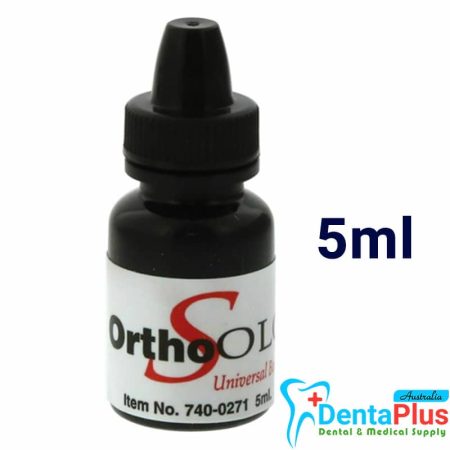
Adhesives
Adhesives are an important dental product category that are used to bond restorative materials, such as composites, to the tooth structure. They are also used to bond orthodontic brackets and other appliances to the teeth.
Dental adhesives typically come in two main categories: total-etch and self-etch. Total-etch adhesives involve etching the tooth surface with an acidic solution prior to application of the adhesive. This creates a microscopically rough surface that the adhesive can bond to. Self-etch adhesives do not require a separate etching step, as they contain an acidic component that etches the tooth surface and bonds to it at the same time.
Dental adhesives may also be classified as one-step or multi-step, depending on the number of components required for their use. One-step adhesives combine the adhesive and bonding steps into a single application, while multi-step adhesives involve separate application of the adhesive and bonding agents.
Other factors that may influence the selection of a dental adhesive include the type of restorative material being used, the clinical situation, and the preferences of the dental professional.
Proper use of dental adhesives is critical to ensure successful bonding and long-term stability of restorative materials. Dental professionals will follow manufacturer instructions to ensure proper application and curing of the adhesive, as well as appropriate use of any necessary primers or desensitizers.


